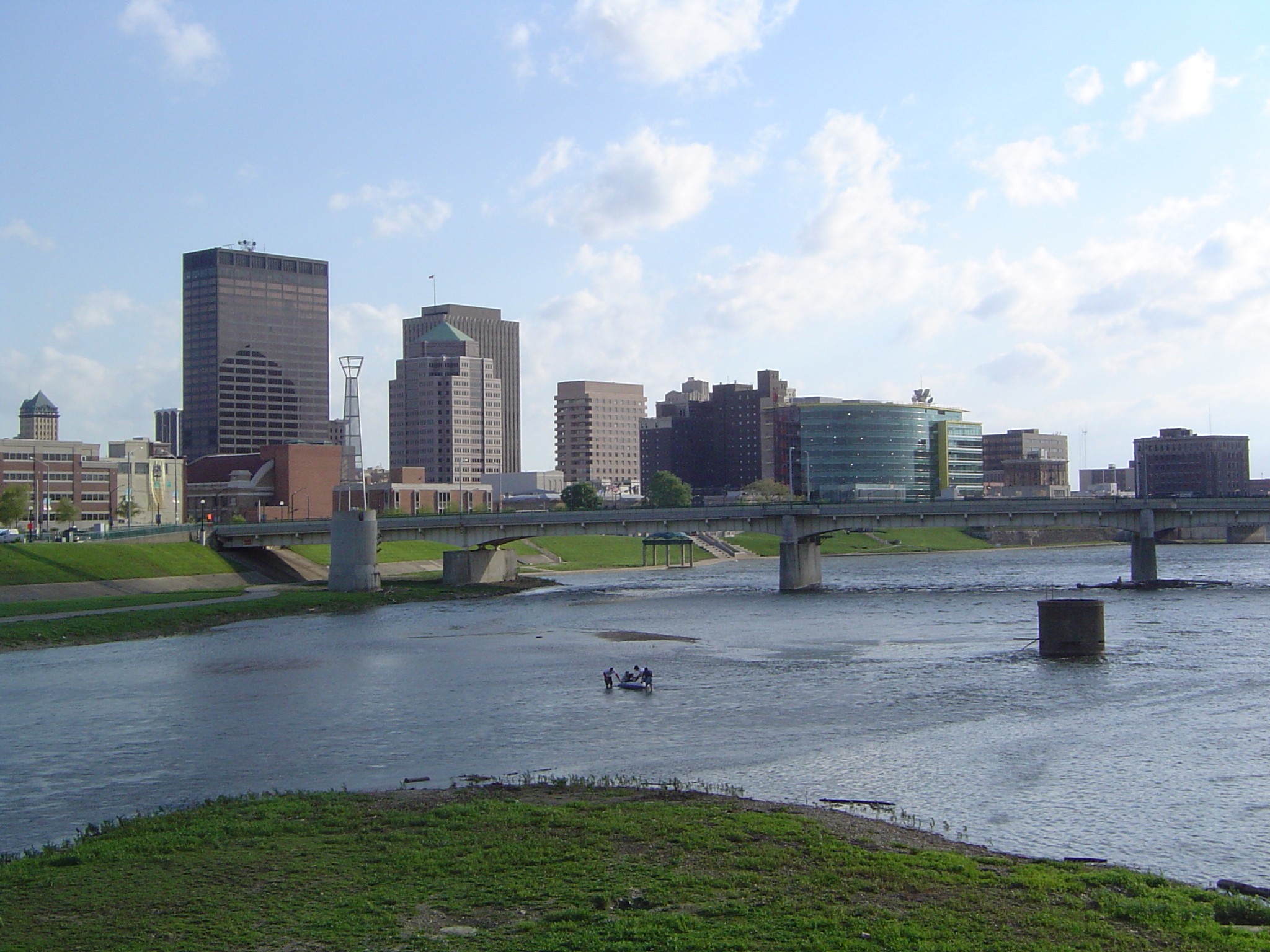RECURSOS
Documentos de conversión del aeropuerto
Documentos de conversión del aeropuerto
Local governments can prepare for future disasters by engaging with the whole community and planning for both short-term recovery and comprehensive, long-term recovery activities. Recovery planning is an important part of creating more resilient communities.
Recovery Continuum
FEMA's National Disaster Recovery Framework, Third Edition
RECURSOS
Documentos de conversión del aeropuerto
This guide walks through the six steps to the disaster recovery planning process, and provides resources for each step and well as key considerations, activities, and metrics for measuring recovery.
Jurisdictions in the MVRPC region are invited to use the following template as a starting point for their local pre-disaster recovery planning.
Form a Collaborative Planning Team
Develop and implement partner engagement strategy
Understand the Situation
Determine community risks, impacts and consequences
Determine Goals and Objectives
Assess community's capacity and identify capability targets
Develop the Plan
Determine leadership positions and define operations necessary
Establish processes for post-disaster decision making and policy setting
Prepare, Review and Approve the Plan
Write the local pre-disaster recovery plan
Approve the pre-disaster recovery plan and associated regulations
Implement and Maintain the Plan
Identify ongoing preparedness activities
RECURSOS
Documentos de conversión del aeropuerto
Successful disaster recovery planning is a highly participatory process involving the whole community. In addition to designating a government official or agency to lead the recovery planning process, it is important to form a collaborative and interdisciplinary team involving both government and non-governmental stakeholders, enact a public participation and communication plan, and secure elected official and leadership support for the recovery planning process. Remember: resilience is built together.
View Roles & Responsibilities by sector to determine potential partners and representatives to involve
Additional resources
View Local Funding Partners listed on the State and Federal Funding Resource
RECURSOS
Documentos de conversión del aeropuerto
It is important to create a baseline view of your community before a disaster to be able to understand how a disaster may affect it. This baseline understanding should include the physical building stock and infrastructure of the community, the natural environment, businesses and the economy, social, cultural and household well-being, and the institutions responsible for governing and service provisions. Make sure to collect and review local plans and programs, and assess hazards and risks, as well as potential disaster impacts and recovery needs.
RECURSOS
Documentos de conversión del aeropuerto
The vision, goals, and priority issues for your community’s recovery plan should be informed by a synthesis of hazards and risks, disaster impacts, and recovery needs. The research and analysis in Step 2 should help shape a draft vision and goals for what the recovery plan can accomplish. It is important to provide an engagement touchpoint for stakeholders to review and prioritize recovery vision, goals, and issues at this stage.
RECURSOS
Documentos de conversión del aeropuerto
After recovery goals have been identified, it is time to start formulating potential disaster recovery scenarios and strategies for effective community recovery. Recovery scenarios should be informed by potential disaster damages, recovery funds and gaps, and the necessary post-disaster adaptation to a “new normal” rather than a return to the pre-disaster conditions. Recovery plans should address both the desired physical outcomes of a community’s recovery as well as the management structure, policies and procedures for short- and long-term recovery operations. The specific recovery strategies can then be organized according to key recovery operations or functions.
Download local Pre-Disaster Recovery Plan template
coming soon
View suggested Roles & Responsibilities for local governments, NGO's and the private sector
Additional resources
RECURSOS
Documentos de conversión del aeropuerto
Often, recovery plans will identify revisions that need to be made to existing regulations and community plans. Recovery planning goals, policies, projects and programs need to be woven into other local plans and regulations. A clear process for public review and comment, plan adoption, and activation should be articulated in the recovery plan document.
RECURSOS
Documentos de conversión del aeropuerto
Recovery starts before a disaster. To be most effective, certain pre-disaster readiness elements of the plan need to be implemented ahead of a disaster. Recovery plans need regular maintenance, as well as staff training in the form of exercises, and education. Post-disaster, the plan also needs to be reviewed and amended to incorporate the actual damage patterns, repair and reconstruction costs, and financing and implementation issues. New projects and program activities will likely need to be added and the timing and metrics for implementation will need to be adjusted.
Documentos de conversión del aeropuerto
Planning for recovery is an important part of pre-disaster planning. Potential partners can prepare for recovery from future disasters by engaging for comprehensive, long-term recovery activities. View roles and responsibilities by sector to determine potential partners and representatives to involve on the team.
Additional resources for NGO's


